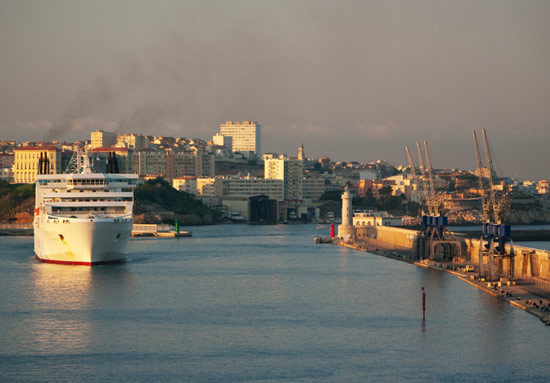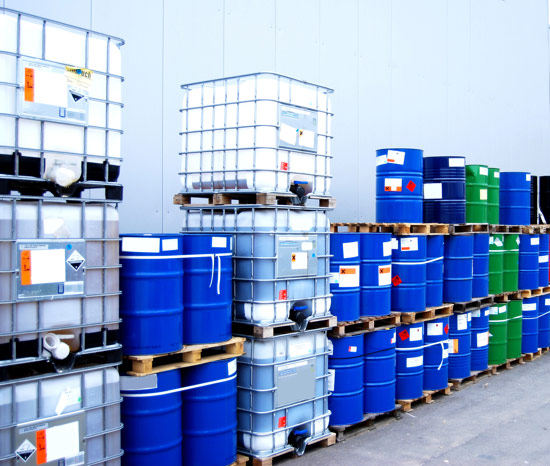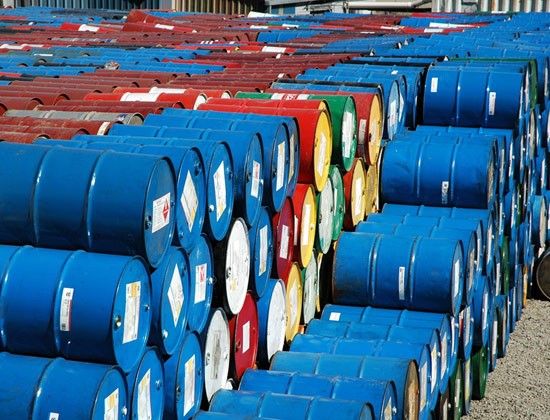Country Snapshot: Trade Overview
France boasts a highly diversified economy, and while the government maintains a strong presence in many sectors, it has also privatized many of the country's large companies. The nation’s aerospace sector draws foreign direct investment, and the country hosts two major automobile manufacturers. The country is one of the world's largest exporters of chemicals. France also supplies the world with fine wines, beverages, wheat, meat, and dairy products. These trade advantages make France a powerhouse among Western Europe’s trading nations.
Trade History
Situated at the crossroads of Europe’s traditional east-west and north-south trade routes, France has historically had the advantages--and disadvantages--of being at the center of European trade activity and disputes. During the Middle Ages, the nation practiced trade but frequent wars and inclement weather played havoc with it and limited its extent. Economic growth in the 18th century resulted from major advances in agricultural and industrial practices, and France emerged as the richest country in Europe.
The 19th century saw France at economic parity with Germany and Great Britain. Today France is one of the largest trading nations in Western Europe. A major exporter of machinery and transportation equipment, aircraft, plastics, chemicals, pharmaceutical products, and iron and steel, the nation is also the EU’s leading agricultural exporter.
Top Export Partners
Germany purchases 16 percent of France’s exports, Belgium, Italy, Spain, and the UK account for about 7 percent each, the US 5 percent, and the Netherlands 4 percent. Approximately 70 percent of its agricultural exports go to EU countries.
Major Export Products and Services
From its industrial sector, France exports aircraft, machinery and transportation equipment, plastics, chemicals, pharmaceutical products, and iron and steel. Of its agricultural products, wine and spirits are a major source of export revenue.
Top Import Partners
Approximately one-fifth of France’s imports come from Germany. Belgium provides 11 percent of imports, Italy and the Netherlands 7 percent each, Spain 6 percent, and the UK and China 5 percent each.
Major Import Products and Services
France imports motor vehicles, machinery and equipment, crude oil, plastics, chemicals, and aircraft. In trade with the U.S., French importers have shown a preference for industrial chemicals, aircraft and aircraft engines, telecommunications equipment, electronic parts, computer hardware and software, medical equipment, instrumentation, and broadcasting equipment.
Barriers to Trade (Tariff and Non-Tariff)
France’s weighted average tariff rate is the same as for other member nations in the European Union, at just over 1 percent. Non-tariff barriers have included quotas, import restrictions, agricultural and manufacturing subsidies, and some market access restrictions in service sectors.
Major Ports
France has coastlines facing three seas. Its major ports are Marseille, Le Havre, and Dunkerque; additional ports include Nantes and Rouen.
Article written for World Trade Press by Randall Frost.
Copyright © 1993—2025 World Trade Press. All rights reserved.

 France
France 


